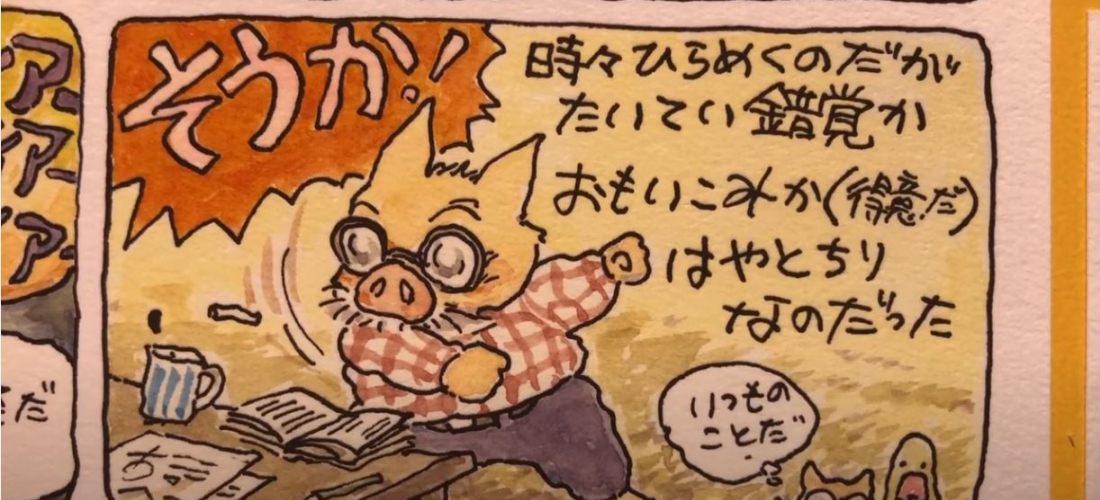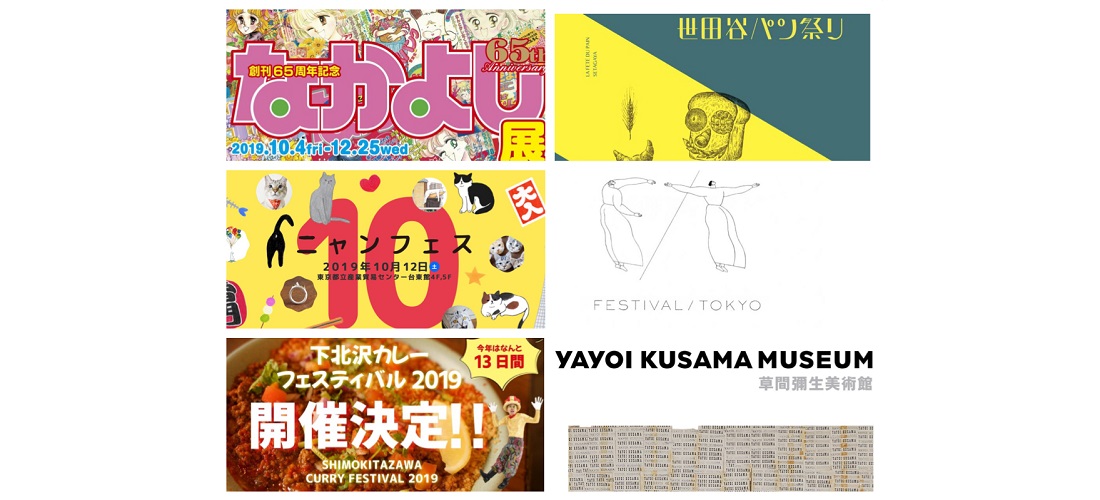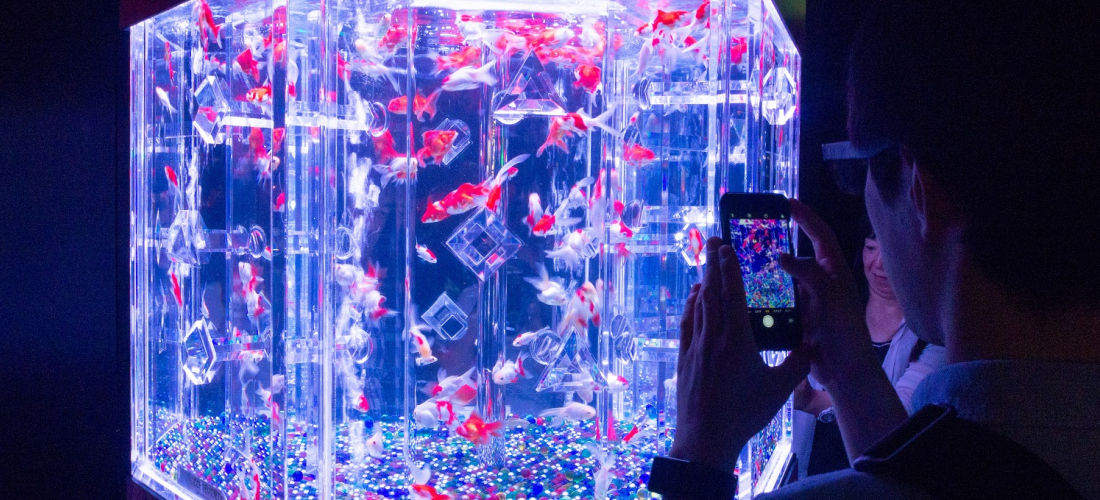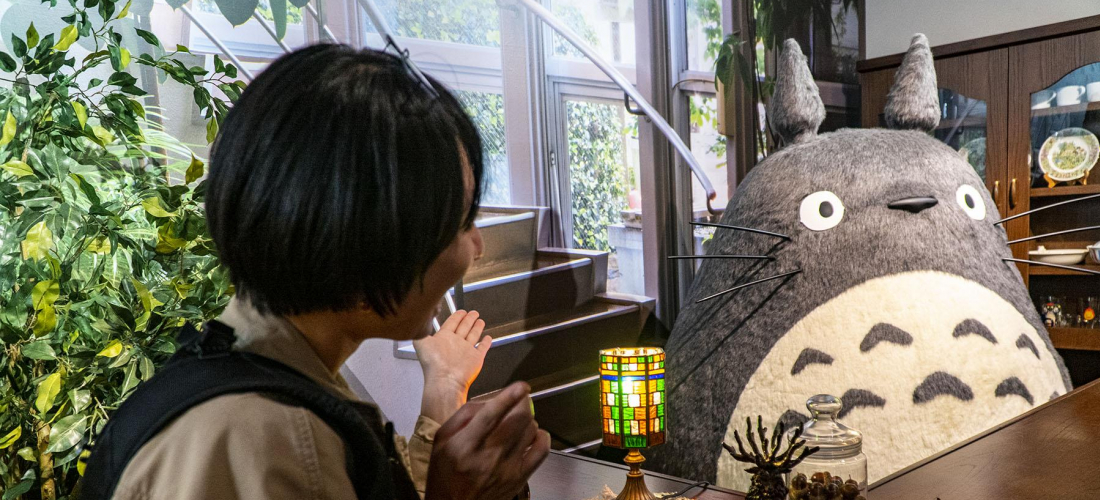CONTENTS
A must-see stop on many people’s Tokyo itineraries, the Ghibli Museum is incredibly charming, and lots of fun for any fans of the gorgeously animated films. Thanks to the museum’s interesting exhibits, it’s pretty entertaining for visitors without much prior Ghibli knowledge as well. As a huge fan of Studio Ghibli, let me take you along on my third trip to the museum!
The Ghibli Museum is a place of magic and wonder, with great exhibits inside a really beautiful building. Everywhere you look, in every corner, there are little decorative additions created and tucked away just to bring joy to visitors. Getting tickets to the Ghibli Museum, however, can be a pain in Japan.
As you might already know, museum tickets for the coming month go on sale at 10 am (JST) on the 10th, and every time this inevitably results in a mad rush. (If you're buying them from overseas, you have to go through JTB, which is a different process!) These days you can purchase tickets online (1,000 yen for adults), and they've done away with the big scalping problem they had when tickets could only be purchased on machines at Lawson convenience stores. (Then again, the scalping also meant that you could just buy tickets from the resellers for double the price, and go to the museum whenever you wanted!) Now it just takes a lot of dedication at 10 in the morning, as the website's servers go crazy with the overload, and weekend tickets sell out within 30 minutes!
Arriving!
All the struggle to get tickets is definitely worth it, though!
Photography is generally not allowed inside the museum building, you see a lot of pictures of the museum's facade. Not that we're complaining, even the outside is pretty cute. To get to the museum, you take a JR train to Mitaka Station, in a suburban area of Tokyo.
From Mitaka Station to the museum it's a 15 to 20 minute walk along quaint, tree-lined streets, but if you'd rather not make the trek, there's a public bus that can take you from the station to the museum. Either way, you'll want to exit the station following signs for the Ghibli Museum, and then take the escalators to ground-level. From there, you'll see signs every few hundred meters guiding you in the right direction, or if you want to take the bus you definitely won't miss it. It's pretty adorable, too!
Since entry is timed you don't need to get there particularly early. Just wander into Inokashira Park and get in line when you arrive – they'll check your ID to make sure you bought your own tickets (the purchaser has to be there!), and you'll be inside in no time. Upon entry you trade in your Lawson tickets for movie theater tickets, these adorable stubs featuring a few frames of Ghibli animation. You can use these to enter the Saturn Theater and watch a Ghibli short, which are only found at the museum! There are currently ten short movies, and they're each screened for a month at a time before moving on to the next one. All of the shorts, aside from "Mei and the Baby Cat Bus," are standalone animations, making them fun for new and old fans alike. They also avoid dialogue, with characters communicating mostly in expressive wordless phrases and sounds. This August we got to see Boro the Caterpillar, a story about a little caterpillar's life, with animation that took fantastical liberties with the reality of life on such a small scale.
Inside
There are three main exhibitions inside the museum, two permanent and one rotating. The building's bottom floor holds the Saturn Theater, and a room dedicated to teaching visitors about the history of animation in the most fun way possible. Learn how early zoetropes and stop motion animation work while watching charming examples, including a huge display featuring our favorite Totoro characters. The same room also has displays of a few unique animations showing more modern techniques, like a short loop of an octopus climbing stairs, and a longer animation on the theme of evolution.
Climb the stairs, or take the retro elevator up, for the other exhibitions. The second permanent one consists of a series of small rooms, styled after the animators' studios. Of course photography isn't allowed inside the building, but some sneaky visitor snapped some shots of this display. The desk setups are pretty interesting for anyone who might walk through, but if you are already a Ghibli fan you'll revel in all the early sketches and storyboards from your favorite movies. Ever wanted to see an early concept sketch of Yubaba with her hair down? It's terrifying! Or check out a time when Kiki's distinctive head ribbon was yellow instead of red!
Continue along the corridor and you'll find yourself in the museum's changing exhibition space. This time around, they were showing Painting the Colors of Our Films, which is all about the colors carefully chosen and added to Ghibli films. With all the different factors considered when they choose pigments, it's a pretty fascinating exhibition! The current displays will come down at the beginning of November, after staying up for about a year, to make room for the next exhibition. Past exhibits have been on other aspects of the movies, like last year's rooms all about animating food (which Ghibli is known for doing spectacularly), and exhibits on other work from the studio's animators.
Head up to the top floor for the popular giant stuffed cat bus! Unfortunately, it's only open to children 12 and under, but even a glimpse is a fun treat.
This is also where you'll find the museum's two gift shops, for all your souvenir needs. One of them is called Tri-hawks (a play on the name Mitaka), and is dedicated to books of all kinds. From picture books full of richly printed Ghibli film stills, to books specially recommended by Hayao Miyazaki, it's open for children to page through the books freely. The main shop, Mamma Aiuto, is named after the pirates in Porco Rosso. Here you can pick up souvenirs of all kinds: t-shirts, stuffed toys, jigsaw puzzles, stationaries, pins and stickers, high-quality accessories, cups and dishes, and way more.
Outside
You can also step outside for the Straw Hat Cafe, which sells drinks, snacks, and proper meals. Unsurprisingly, it's a bit pricey, but where else are you going to find Kaze no Tani beer (named after the setting for Nausicaä)?
You definitely should not skip a trip to the museum's roof garden! There are huge sculptures from Castle in the Sky, and you're free to take as many pictures as you want. I took the chance to hug it out with Sheeta's giant friend, and pretend I was a member of Laputa royalty. Now I just need a certain magic crystal… (which you can of course buy in the shop for a pretty penny.)
Please be careful not to say "balse" while you're up here, lest the floor fall away beneath you!
Aside from the rooftop garden and the cafe, there are some other small outdoor spaces to explore, so take your time looking around if you can. There are plenty of pleasant surprises to be found.
(Speaking of fun finds, I particularly liked this Princess Mononoke stained glass door.)
After a couple hours in the museum, a period which could have easily extended much longer had the museum stayed open past 6, we headed back to the station. On the way out it was impossible the resist the draw of exciting Ghibli goods, and of course I had to say a sad farewell to Totoro.
Goodnight, king of the forest! Hopefully I'll see you again soon.
Details
NAME:Ghibli Museum
MAP
1-1-83 Shimorenjaku, Mitaka, Tokyo
ACCESS:Mitaka Station
Half a lifetime ago I came to Japan for a semester abroad... and I never left. I guess I really like the place! I spent my first few years in Japan living in the middle of nowhere, so I'd love to hear your Tokyo recommendations via Japan's social media accounts!
COMMENT
FEATURED MEDIA
VIEW MOREMAP OF JAPAN
SEARCH BY REGION

LATEST
VIEW MOREEVENT CALENDAR
VIEW MOREMOST POPULAR
 Tokyo Winter Recommendation: Don’t Miss Tokyo Mega Illumination, Japan’s #1 Light Show
Tokyo Winter Recommendation: Don’t Miss Tokyo Mega Illumination, Japan’s #1 Light Show ป้ายยาสินค้าน่าซื้อในร้านขายยาญี่ปุ่น | KOWA ผลิตภัณฑ์เพื่อสุขภาพสำหรับคนยุคใหม่
ป้ายยาสินค้าน่าซื้อในร้านขายยาญี่ปุ่น | KOWA ผลิตภัณฑ์เพื่อสุขภาพสำหรับคนยุคใหม่ Okinawa Family Road Trip: Japanese Glasses Shopping at San-A Urasoe West Coast PARCO CITY, Discount Coupons, & Okinawa Sightseeing with JINS
Okinawa Family Road Trip: Japanese Glasses Shopping at San-A Urasoe West Coast PARCO CITY, Discount Coupons, & Okinawa Sightseeing with JINS

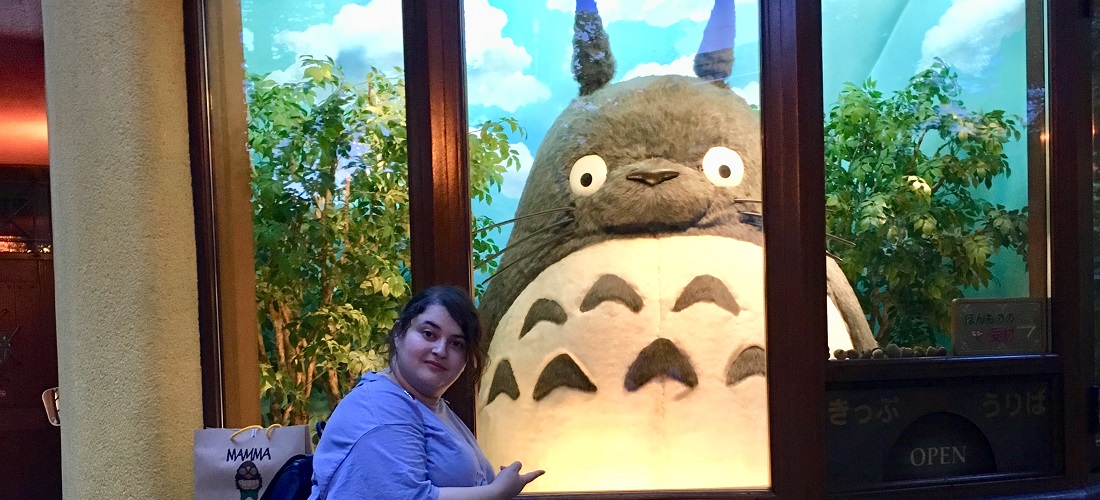

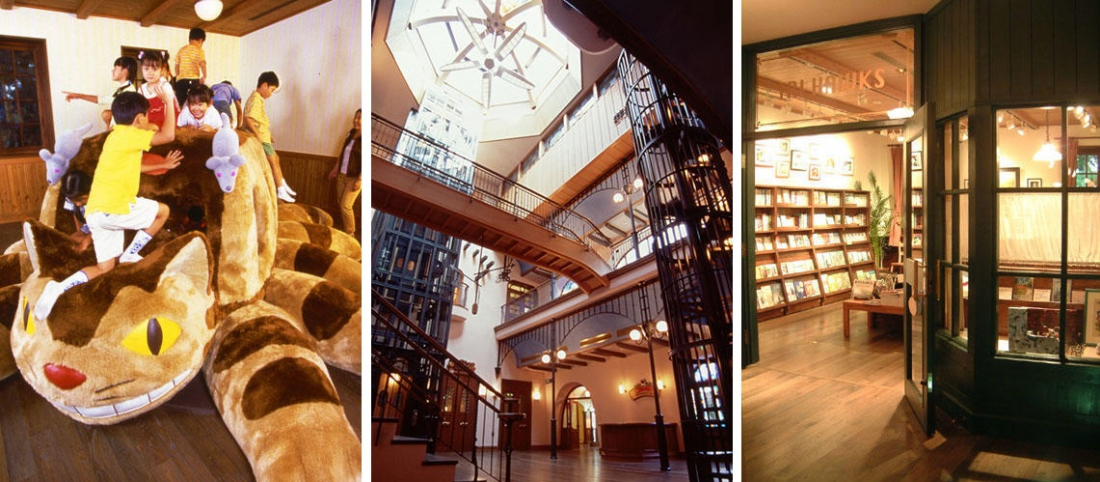
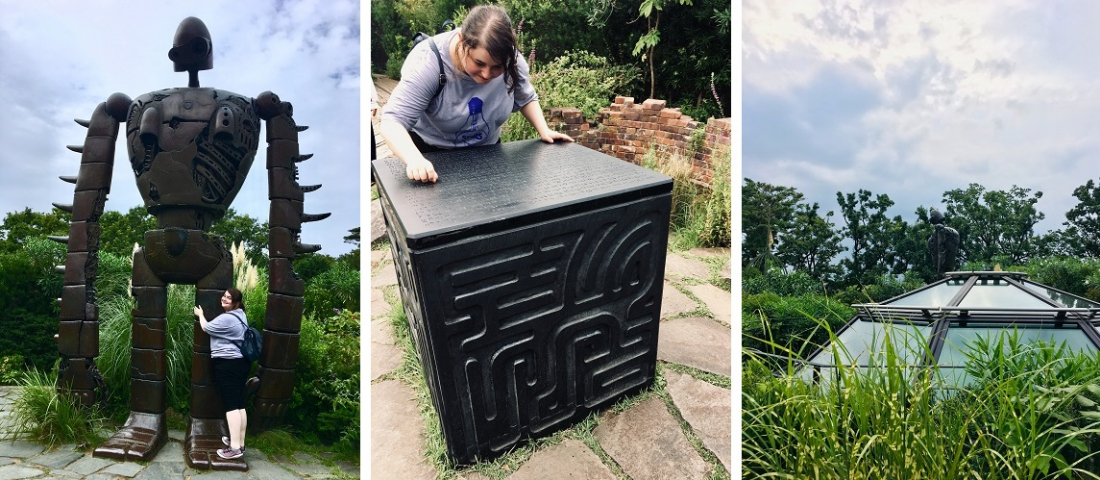
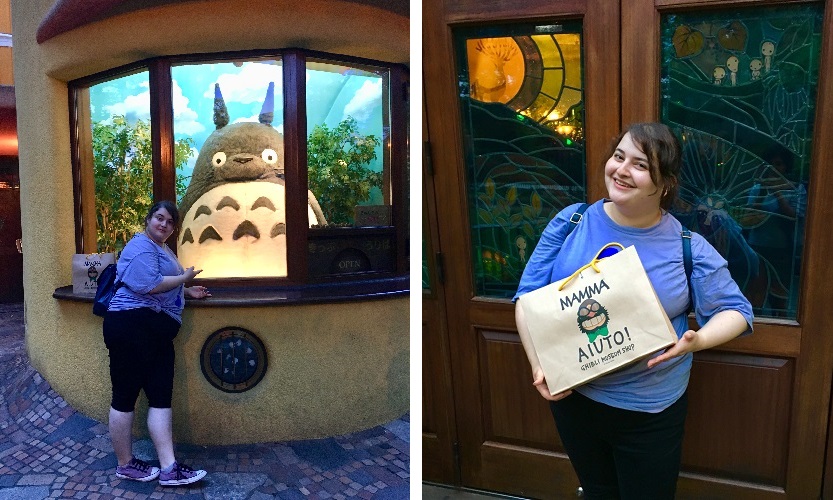
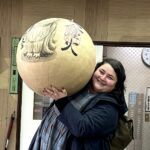



 >> Find out more at Japankuru.com! (link in bio)
#
>> Find out more at Japankuru.com! (link in bio)
#





 The Robot Restaurant is gone, but the Samurai Restaurant is here to take its place. Check it out, and don't forget your coupon!
The Robot Restaurant is gone, but the Samurai Restaurant is here to take its place. Check it out, and don't forget your coupon!
 신주쿠의 명소 로봇 레스토랑이 사무라이 레스토랑으로 부활! 절찬 쿠폰 발급중
신주쿠의 명소 로봇 레스토랑이 사무라이 레스토랑으로 부활! 절찬 쿠폰 발급중
 18歲以上才能入場的歌舞秀,和你想的不一樣!拿好優惠券去看看~
#tokyo #shinjuku #samurairestaurant #robotrestaurant #tokyotrip #도쿄여행 #신주쿠 #사무라이레스토랑 #이색체험 #할인이벤트 #歌舞伎町 #東京景點 #武士餐廳 #日本表演 #日本文化體驗 #japankuru #japantrip #japantravel #japanlovers #japan_of_insta
18歲以上才能入場的歌舞秀,和你想的不一樣!拿好優惠券去看看~
#tokyo #shinjuku #samurairestaurant #robotrestaurant #tokyotrip #도쿄여행 #신주쿠 #사무라이레스토랑 #이색체험 #할인이벤트 #歌舞伎町 #東京景點 #武士餐廳 #日本表演 #日本文化體驗 #japankuru #japantrip #japantravel #japanlovers #japan_of_insta
 코지마 x 빅 카메라 쿠폰으로 일본 가전 제품 쇼핑하기
#pr #japankuru #japanshopping #kojima #biccamera #japaneseskincare #yaman #dji #osmopocket3 #skincaredevice #日本購物 #美容儀 #相機 #雅萌 #日本家電 #일본여행 #면세 #여행꿀팁 #일본쇼핑리스트 #쿠폰 #일본쇼핑 #일본브랜드 #할인 #코지마 #빅카메라 #japankurucoupon
코지마 x 빅 카메라 쿠폰으로 일본 가전 제품 쇼핑하기
#pr #japankuru #japanshopping #kojima #biccamera #japaneseskincare #yaman #dji #osmopocket3 #skincaredevice #日本購物 #美容儀 #相機 #雅萌 #日本家電 #일본여행 #면세 #여행꿀팁 #일본쇼핑리스트 #쿠폰 #일본쇼핑 #일본브랜드 #할인 #코지마 #빅카메라 #japankurucoupon






























 Oita Hello Kitty Airport
Oita Hello Kitty Airport  Lands April 13th
Lands April 13th










